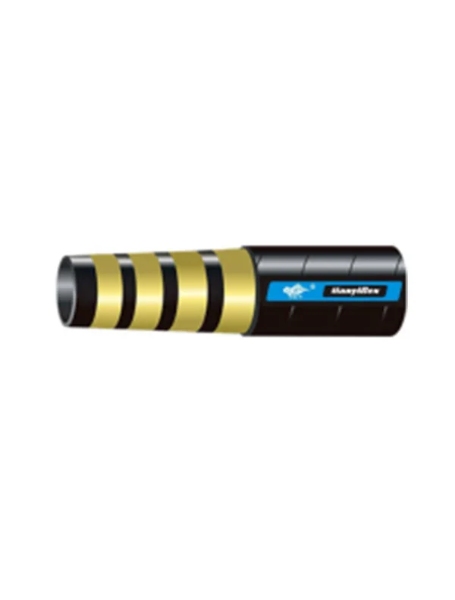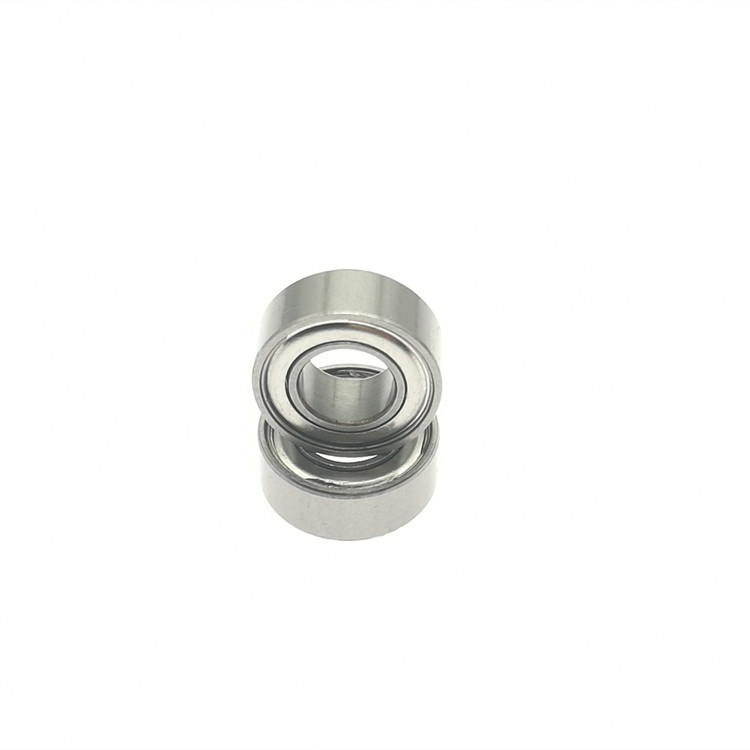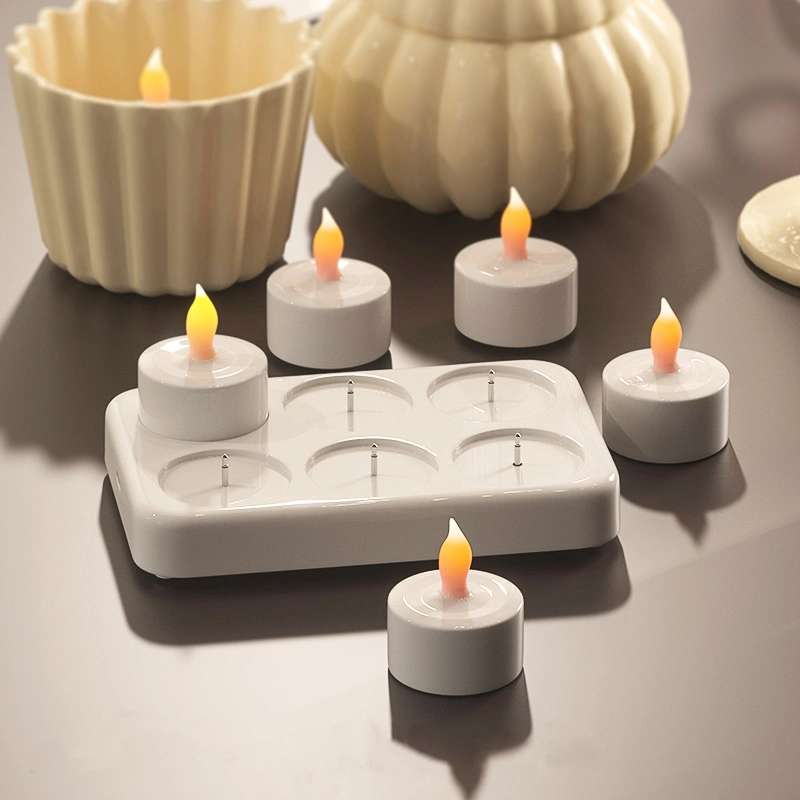A hydraulic hose is an integral part of the hydraulic system, which carries the transmission and control functions of hydraulic oil. Hydraulic hoses can be divided into many types according to different working conditions and requirements. This article will introduce in detail the classification of hydraulic hoses.
Classified by material
1. Rubber hoses: Rubber hoses are one of the most common types of hydraulic hoses. It consists of an inner rubber layer, a reinforcement layer, and an outer rubber layer. The inner rubber layer has good oil resistance and wear resistance, and the reinforcement layer is usually reinforced with steel wire braiding or steel wire spirals to increase the strength and pressure resistance of the hose. The outer rubber layer plays a role in protecting the hose. Rubber hoses are widely used in engineering machinery, agricultural machinery, automobiles, and other fields.
2. Polyester hose: Polyester hose is a lightweight, flexible hydraulic hose. It consists of a polyester braided layer and a polyurethane outer rubber layer. The polyester hose has high wear resistance and oil resistance and is suitable for hydraulic transmission under some special working conditions.
3. Polyurethane hose: Polyurethane hose is a high-strength, wear-resistant hydraulic hose. It has good oil resistance and chemical corrosion resistance and is suitable for some harsh working environments, such as mines and construction sites.
4. PTFE hose: A PTFE hose is a hydraulic hose with excellent corrosion resistance. It has high-temperature resistance and chemical corrosion resistance and is suitable for some special industrial fields, such as chemical industry, medicine, etc.
Classified according to structure
1. Single-layer hose: Single-layer hose is made of a layer of rubber or polyester material and is suitable for low-pressure hydraulic systems. It has a lower cost and higher softness but has weaker pressure resistance.
2. Multi-layer hose: Multi-layer hose is made of multiple layers of rubber or polyester materials and is suitable for medium and high-pressure hydraulic systems. The reinforcement layer of multi-layer hoses is usually reinforced with steel wire braiding or steel wire spirals to increase the pressure resistance of the hose.

Classification according to work pressure
1. Low-pressure hose: Low-pressure hose is suitable for hydraulic systems with working pressure below 10MPa. It is usually made of rubber or polyester material, which has lower cost and higher softness.
2. Medium-pressure hose: Medium-pressure hose is suitable for hydraulic systems with working pressures between 10-30MPa. It is usually made of multi-layer rubber or polyester material, which has high-pressure resistance and good wear resistance.
3. High-pressure hose: High-pressure hose is suitable for hydraulic systems with working pressure above 30MPa. It is usually made of multiple layers of rubber material, and the reinforcing layer is reinforced with steel wire braiding or steel wire spirals, which have high-pressure resistance and good wear resistance.
Classified by the connection method
1. Threaded connection hose: Threaded connection hose is suitable for hydraulic systems that require frequent disassembly and replacement. Its connection method usually uses threaded joints, which have better sealing and reliability.
2. Elastic connection hose: Elastic connection hose is suitable for hydraulic systems that require certain displacement and deflection. Its connection method usually uses elastic joints, which have good flexibility and anti-flexion properties.
3. Flange-connected hose: Flange-connected hose is suitable for hydraulic systems that require larger flow rates and higher pressures. Its connection method usually uses flange joints, which have good sealing and pressure resistance.
To sum up, the classification of hydraulic hoses mainly includes divisions according to materials, structures, working pressures, and connection methods. When selecting hydraulic hoses, reasonable selections need to be made based on specific working conditions and requirements to ensure the normal operation and safety performance of the hydraulic system.
cocofky
cocofang@tianyizz.com


